Jeff Gomez Masterclass: Creating Blockbuster Transmedia Story Worlds & Brands — from nymediacenter.com
Excerpt:
Who Should Attend?
SCREEN PROFESSIONALS
Producers, writers, directors, commissioners, distributors, investors, policy makers from the film, television and online industriesINTERACTIVE MEDIA PROFESSIONALS
Web developers and designers, app and mobile developers, games developers and designers, multiplatform producers, digital media strategistsBRAND + COMMUNICATION PROFESSIONALS
Advertising, marketing and PR professionals and creatives, public relations professionals, social media strategists, branded content producersPUBLISHING PROFESSIONALS
Publishers, authors, editors, agents, Commissioners
From DSC:
Wondering a few things here:
1) Why aren’t there similar events aimed at educators, professors, teachers, and trainers? At instructional designers and instructional technologists?
2) Are we preparing our students for these types of opportunities?
3) That same web page also reads:
It is a philosophy of communication and brand extension that creates intense audience loyalty and long-term engagement, enriches the value of creative content, and generates multiple revenue streams.
Hmmm…couldn’t this also apply to higher education/K-12 education/training as well?









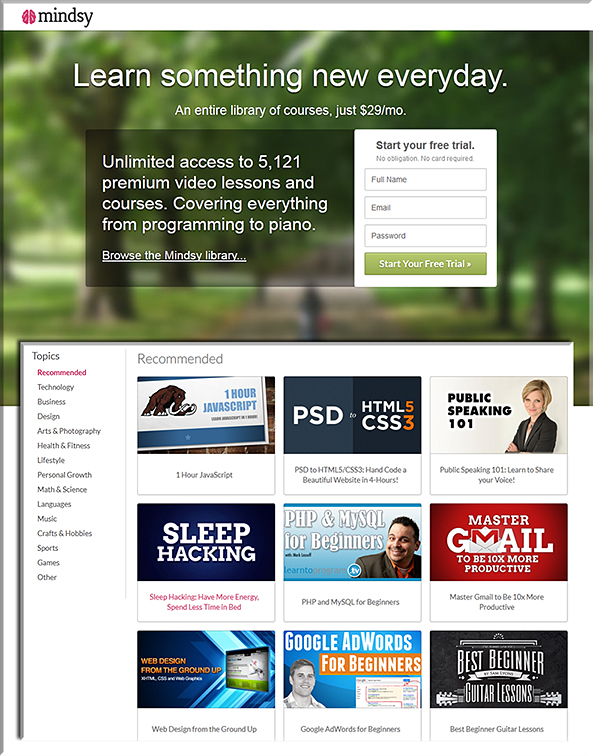

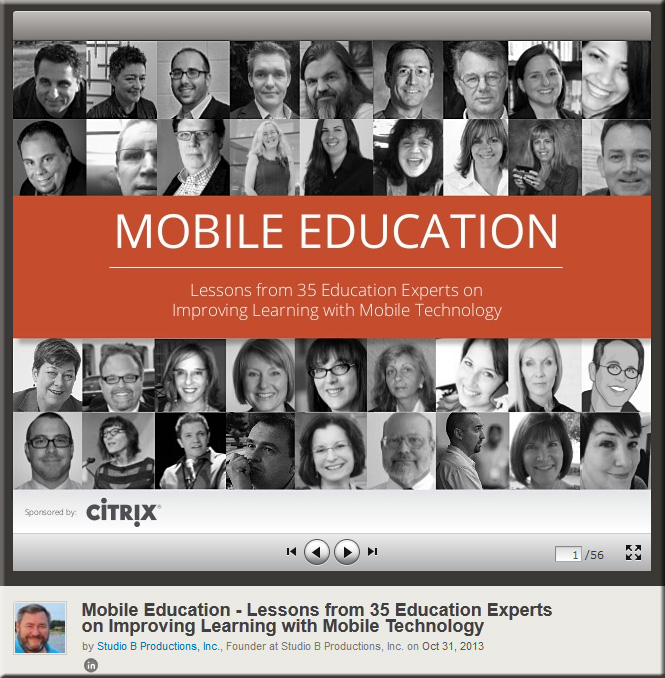
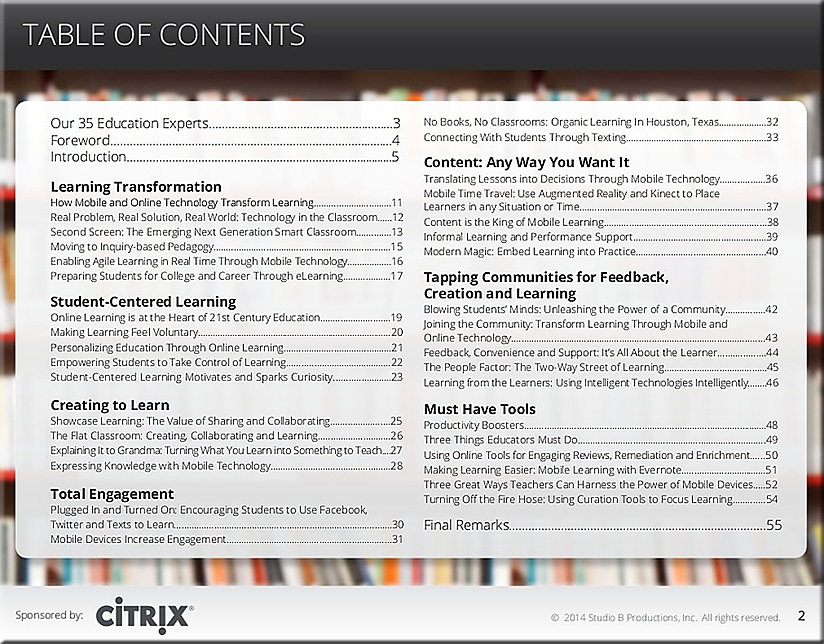


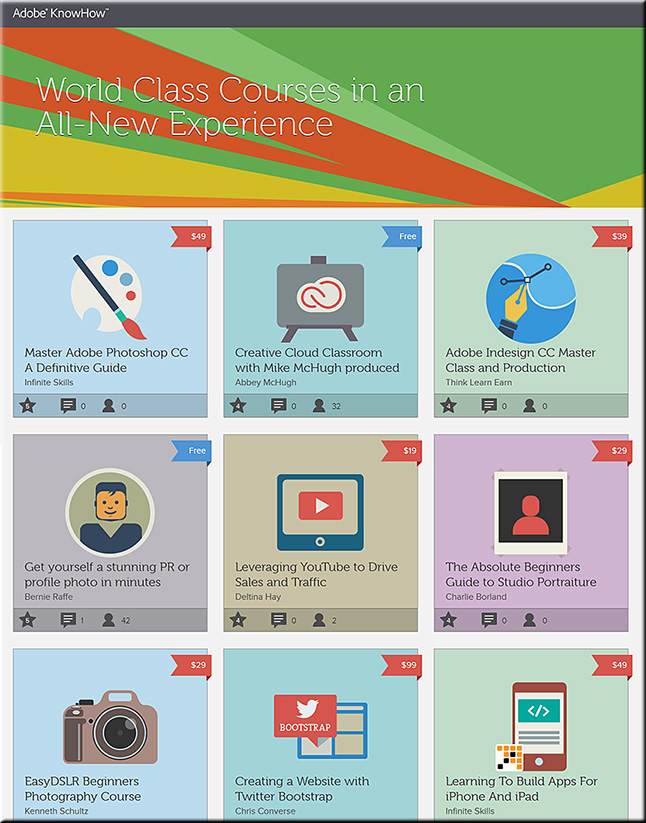


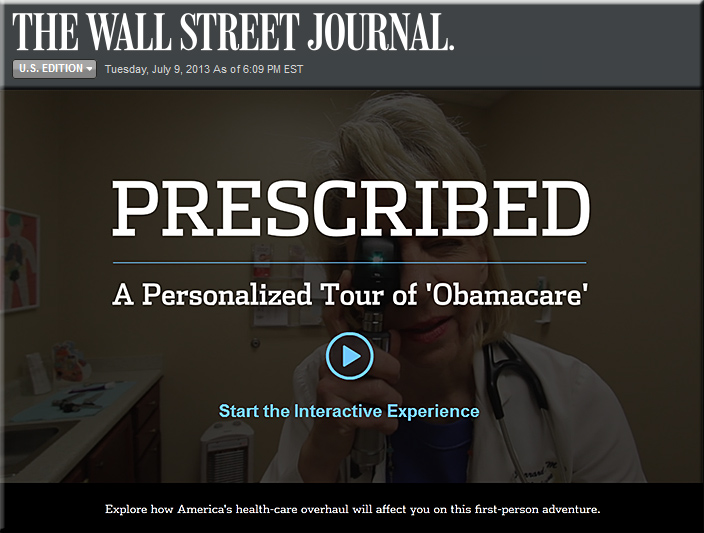

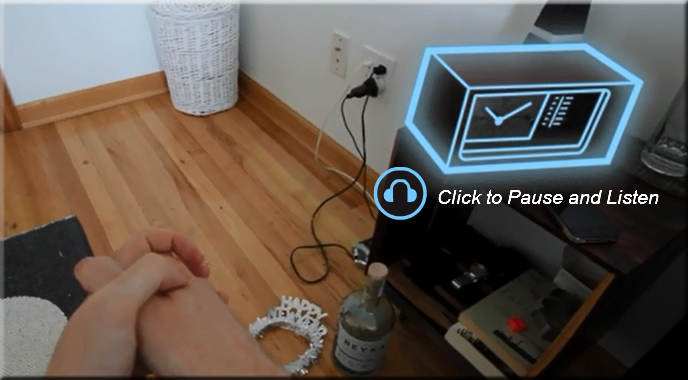
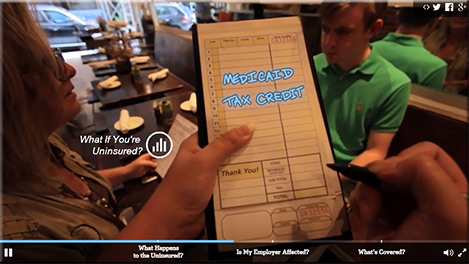




![The Living [Class] Room -- by Daniel Christian -- July 2012 -- a second device used in conjunction with a Smart/Connected TV](http://danielschristian.com/learning-ecosystems/wp-content/uploads/2012/07/The-Living-Class-Room-Daniel-S-Christian-July-2012.jpg)


